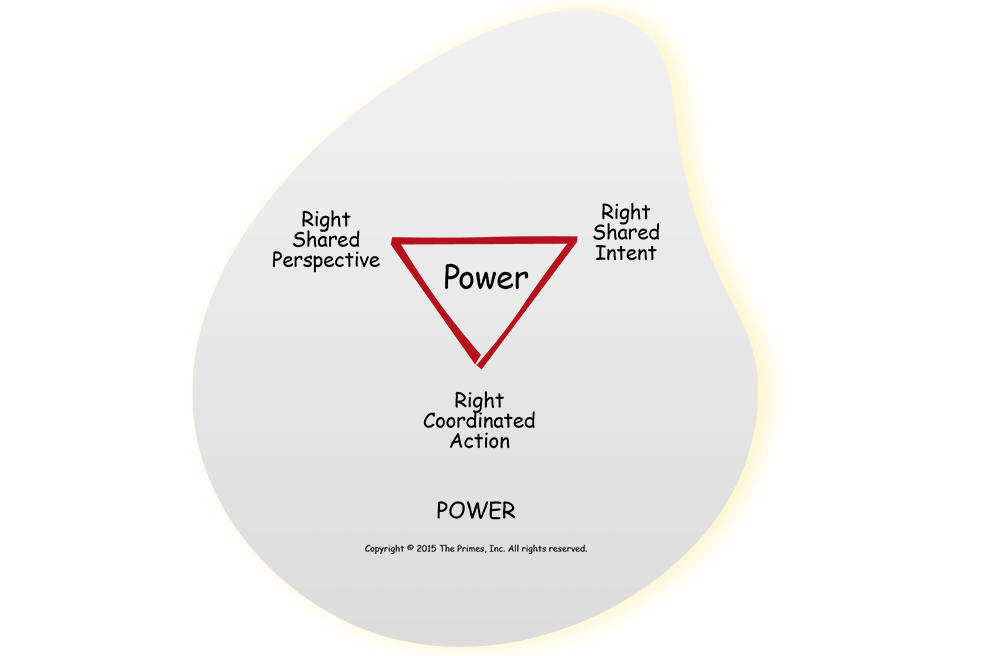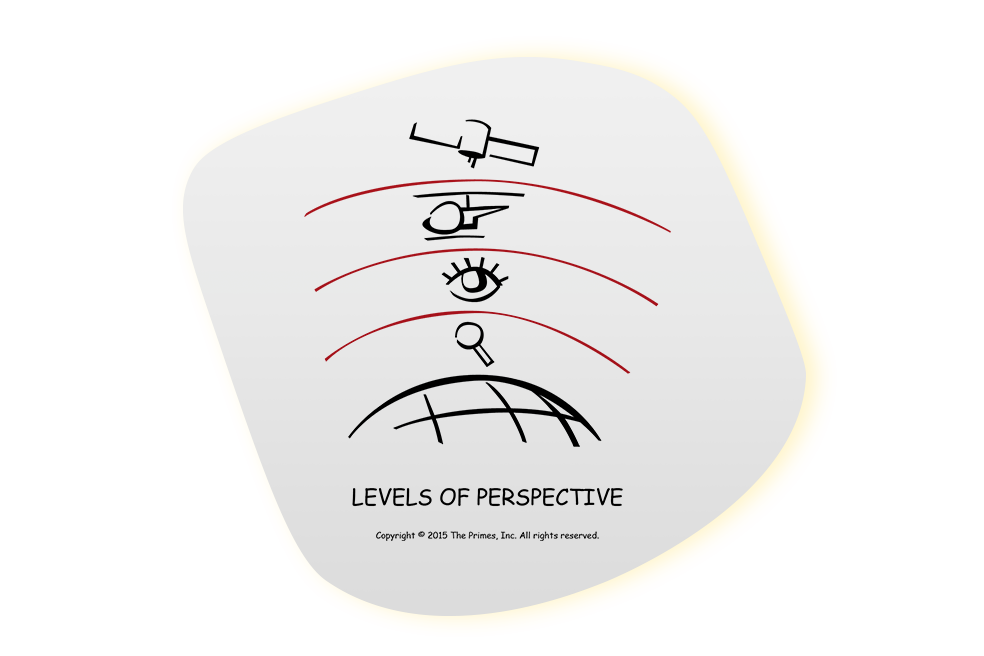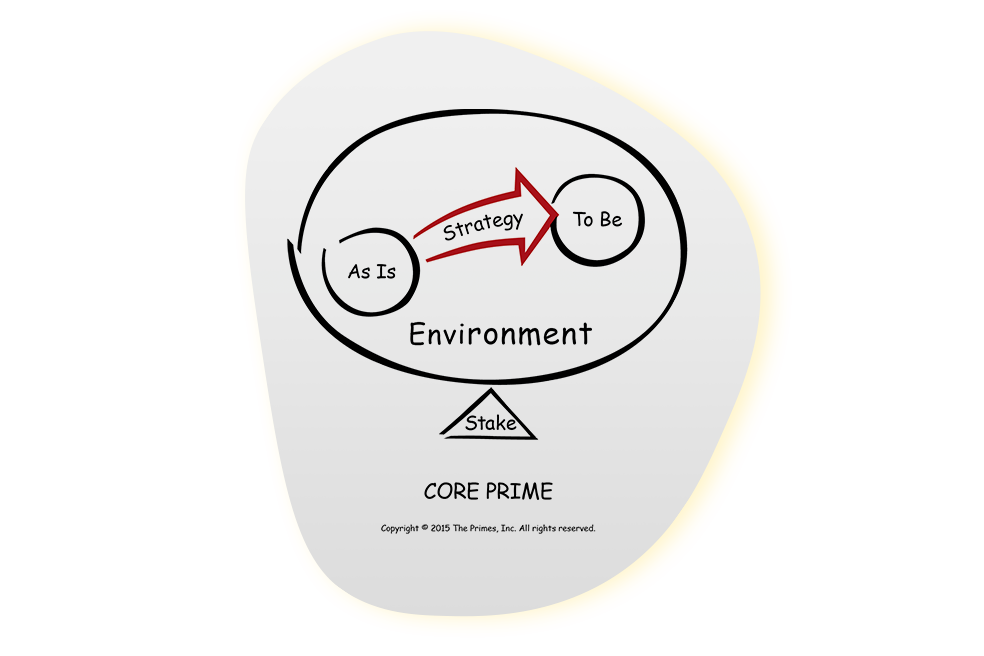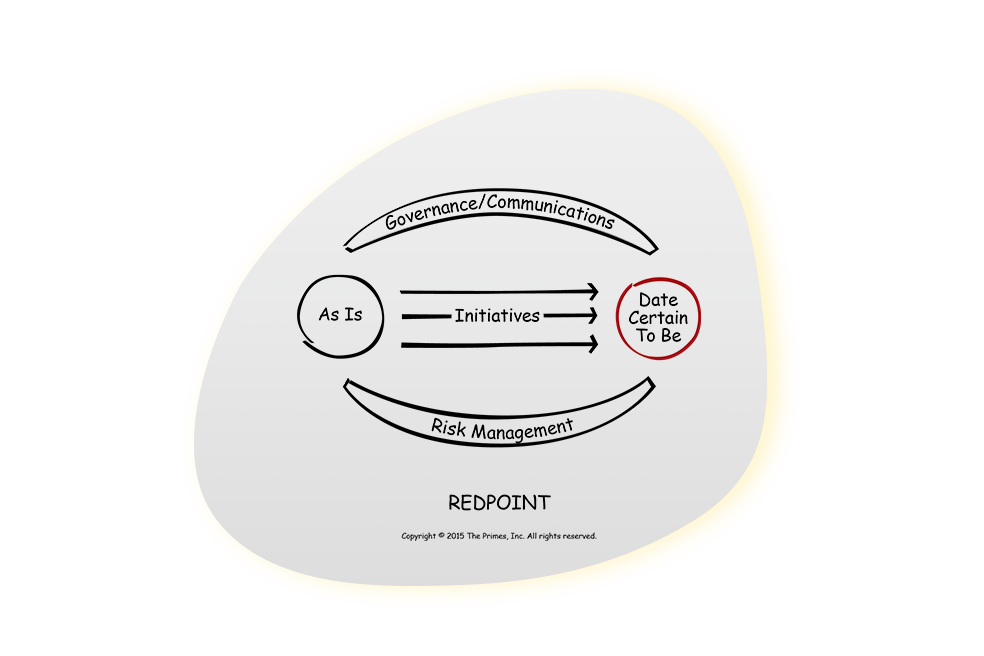Problem-solving has a language of its own, and anyone can learn it. We believe that there are patterns of behaviors that show up whenever groups of people gather. These patterns are simple and consistent, unchanged by time or societal evolution.
One of our firm’s founder, Chris McGoff, compiled these patterns into a book called The PRIMES: How Any Group Can Solve Any Problem. Groups and leaders can use The PRIMES as a shared language to effectively communicate and solve problems. Below you can see examples of how The PRIMES come to life.



